An Eyewitness Account of Pinochet’s Coup 45 Years Ago
Smithsonian ethnomusicologist Dan Sheehy poignantly recalls the brutal outcome of a nation divided
/https://tf-cmsv2-smithsonianmag-media.s3.amazonaws.com/filer/4d/c5/4dc52eae-b339-44c1-855a-952ce52d4218/ap_730911037.jpg)
September 11, 1973 was a pleasant pre-spring morning, a workday in Santiago. As usual, the bus running by my apartment was packed to the gills, but today there was overflow. A few daring riders stood on the bumper and held on. It seemed the strike by truckers and bus owners in protest of socialist president Salvador Allende’s policies had made my bad commute downtown even worse.
My Convenio Chile-California fellowship had taken me to Chile, where I had worked for two months as an exchange fellow in a University of California music program, teaching a course and conducting music research in the field. It had seemed a great opportunity, as Chile, a long, narrow country that seems like the South American equivalent of the Californian coast, was rich in regional and indigenous cultural traditions. It also became an (unintended) opportunity to learn something about politics. Chile, normally a stable country, had fallen on difficult times as the Allende socialist regime looked to redistribute the wealth of an entrenched oligarchy.
With no bus to take, I headed on foot toward my office at the University of Chile. I soon sensed, though, that something more was going on. Cars were moving faster than usual, many driving away from downtown, not toward it. When I reached the perimeter of the central city, I saw uniformed carabineros, the national police. They had blocked off the streets. People were fleeing the city center. I heard popping in the distance, popping and booming growing louder and louder. It was gunfire, small and large caliber. I did an about face and headed for home.
The now infamous golpe de estado (coup d’état) led by Chile’s army general Augusto Pinochet had begun. On the hurried walk to my apartment, I passed small groups of campesinos (farmers) headed toward the city center. I learned later that they were on their way to defend President Allende, whom they saw as a champion of disenfranchised people such as themselves. Many of them would die.
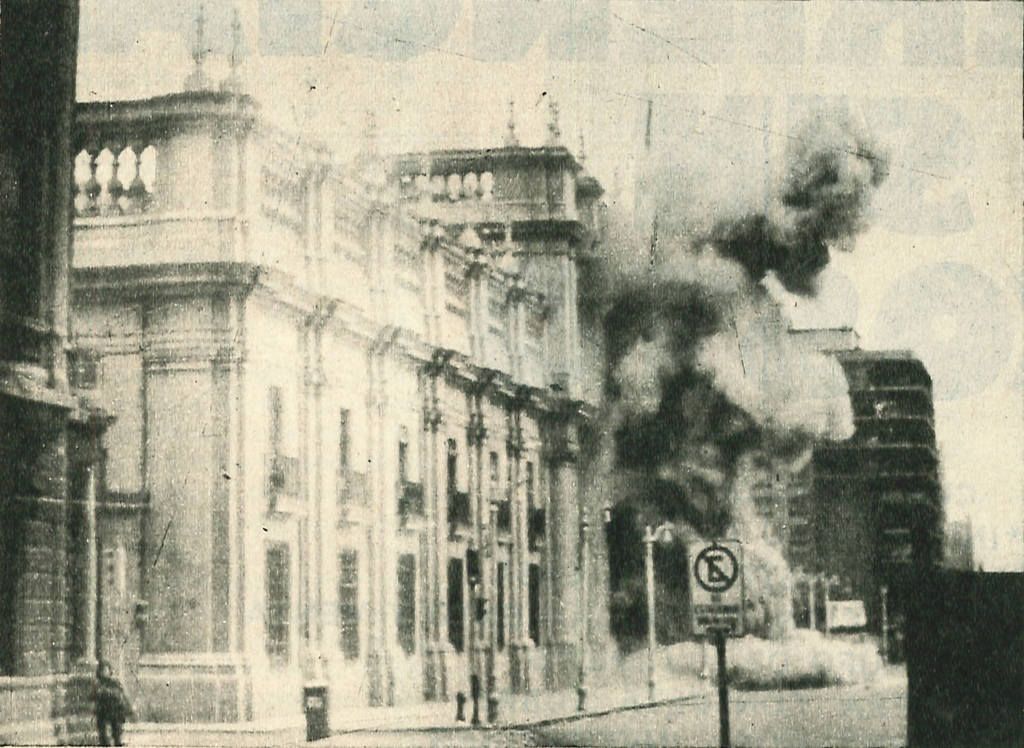
From the window of my third-floor apartment, I watched Hawker Hunter jet fighters fire missiles at the downtown area, where the presidential palace, La Moneda, stood. On the street, carabineros (national police) and military were out in force. People rushed to the neighborhood bakery to buy food—whatever they could find. Television stations ran the same images over and over—evidence of Allende’s death, an AK-47 assault rifle in his home bearing a friendly inscription to him from Fidel Castro, and soldiers pointing to packs of American currency allegedly found in the president’s refrigerator. The military declared a 24-hour curfew.
In the following days and weeks, the carabineros and military burned large piles of confiscated books in the streets, some of them publications the socialist government had subsidized in support of its cause. Leftist acquaintances used my apartment as a gathering place before they dashed for the Mexican embassy, which was offering political asylum. I hid my own pile of LPs by left-leaning musical groups such as Quilapayún and Inti-Illimani in the attic of a house in the coastal town of Viña del Mar.
At the university, I had been given a desk located between two warring faculty members. One was a communist and the other was a teacher at the military academy, as well as a supporter of the conservative Patria y Libertad (Fatherland and Freedom) group. Their bitter rivalry was not unusual for the times. People often spoke of how every civic organization down to the animal welfare league was divided by national politics. For me, this was mainly an inconvenience—until September 11, when inconvenience turned to high anxiety and lawlessness.
I concentrated on research. I was placed under the wing of the renowned Chilean folklorist Manuel Dannemann, assisting him in documenting music and folklore for his ambitious Atlas of Chilean Folklore. Our first field trip took us to the high Andes, the northern village of Pachama, a stone’s throw from the Bolivian border. Our purpose was to document an Aymara village’s patron saint festival, with its music, food, religious ritual and material culture. The plane departed for Chile’s northernmost city of Arica two days late, as things were chaotic in Santiago.
Once on the ground, Manuel used his official credentials to recruit a Red Cross ambulance to drive us to Pachama over rocky and washed-out roads. The two-mile-high altitude and dry terrain took its toll on several in our party. Someone passed out, others were overcome by nausea after eating our lunch of barbecued mutton. The festival featured about a hundred celebrants.
As an ethnomusicologist, I felt excited and privileged. I had a first-rate Nagra tape recorder loaned to me from UCLA, a camera, and plenty of tarka (flute) and bombo (drum) music and singing to record. The Aymara-speaking people danced to lively huayno music and pulled me into the merrymaking.
National politics had not escaped the village. During a break, a local man sidled up to me. He asked where I was from and if the tape recorder was mine. I explained that I was from the United States and that the tape recorder was on loan from my university. He paused to consider what I had said and then responded, “I’m a communist. A man from [communist] East Germany was here a while back, and his tape recorder was bigger than your tape recorder.” I appreciated the politeness of his dig—in those days before the miniaturization of recording technology, big was better—so I thanked him for the interesting information, and returned to my recording and photographing.
On the heels of that trip came a daytime visit to San José, Algarrobo, near Chile’s central coast. The land was strikingly similar to the coast of central California, complete with California poppies, and I felt very much at home. A friend, Raúl Cuevas, whom I had met in nearby Valparaíso, was a television news cameraman and offered to go with us and film our work. He told me that filming in the countryside would be a welcome change to filming political protests, politicians and undetonated explosive devices in the streets of Valparaíso.
Once there, Manuel introduced us to a pea farmer couple, Eufrasia Ugarte and Benito Aranda. Eufrasia played button accordion and sang, and Benito added percussion accompaniment. To prepare, Benito tried out several wooden boxes used to sort harvested peas, tapping on each with his fingers until he found one with a sound he liked. They played a tonada (song) and their rendition of a cueca, dubbed the national folk dance of Chile, with several regional variations. I then played back the recording, and the two danced the cueca to their own music, with the camera rolling.
In the months following the coup and its strictly enforced 8 p.m. nightly curfew, fieldwork was more challenging, as were many other aspects of life. The military regime closed the university. The government detained and tortured countless suspected Allende sympathizers. One gentle, elderly man who worked as an accountant in the small town of Quilpué told me of being taken by soldiers to Valparaíso, where they put a hood over his head and beat him with rubber hoses.
My colleague Raúl Cuevas, an outspoken supporter of the socialist agenda, nevertheless joined us to film a rural patriotic celebration produced in cooperation with the military. Held in a rodeo stadium, it opened with patriotic pomp and ceremony and featured Los Huasos Quincheros (roughly translated as The Corral Cowboys), the country’s most famous folk-interpreter music group allied with conservative politics and supporters of the military takeover.
The ceremonial aspect of the event was marked by an ensemble of chinos, a ritual brotherhood that danced in devotion to the Virgin Mary, accompanying themselves on single-pitch flutes and a drum of pre-Columbian origin and singing religious verses. (In 2014, UNESCO would declare this baile chino tradition an important part of the world’s Intangible Cultural Heritage, one of only two Chilean traditions included as of 2018.)
Segments of Cuevas’ black-and-white filming (above and below) accompany this article; the soundtrack has been lost. Sadly, shortly after this excursion, Cuevas was detained for questioning by the military and decided to go into exile to avoid torture, imprisonment or even being “disappeared,” all of which were a fact of life in those times. However, Los Huasos Quincheros would continue to support the Pinochet regime through the 1988 plebiscite referendum that ended the Pinochet dictatorship and returned the country to democracy.
Manuel and I persevered as best we could, making short daytrips to document musicians. His dogged determination to capture, preserve and make public the creative brilliance of ordinary Chileans in the face of adversity would inspire me for life.
One of our most memorable forays took us to the small community of Pirque, home to an extraordinary musical tradition, canto a lo poeta (song of the poet). Blind musician Santos Rubio and his friend Manuel Saavedra accompanied themselves on the guitarrón, an unwieldy 25-string guitar. It was musically fascinating.
The guitar’s metal strings were grouped in five courses with the exception of four diablito (little devil) strings strung outside the fingerboard, resonating alongside the plucked strings. The singing was plaintive and organized into décimas (ten-line stanzas), a tradition adapted from the Spanish in colonial times. The repertoire was carefully divided into sacred (a lo divino—to the divine) and secular (a lo humano—to the people). The sound was unlike any music I had heard—haunting, beautiful and unforgettable.
I learned much during my ten months in Chile, and not just about music. The contrast between the beauty and the brutality that people are capable of was inescapable. The social power people invest in music became a permanent part of my thinking. Notable for its absence in the time after the coup was the nueva canción (new song) folk music movement. Urban musicians had taken rural traditional music and transformed it into inspirational expressions calling for human dignity, equality and compassion. The military regime outlawed it, and it disappeared entirely from the public Chilean soundscape. Overnight, peñas—gathering places for nueva canción musicians and fans—became a thing of the past. It was risky to play or even possess instruments such as the quena flute or the charango guitar because of their association with the socialist movement.
Decades later, while doing fieldwork among Chilean political refugees in the San Francisco Bay area, I had the opportunity to interview such artists who were purged from Chilean life. Political prisoner and refugee Héctor Salgado, member of the ensemble Grupo Raíz, spoke to his experiences and the political role of music in a video interview published by Smithsonian Folkways in 2007: “It was a very traumatic time in Chile, and a lot of people were put in prison. A million Chileans left Chile. It was inconceivable. I mean, we never thought that something like that would take place in Chile, that your own armed forces, your own brothers and sisters, will repress you.”
While in Chile, I saw how the inconceivable can become real. I better understood the significance of my line of work, documenting the “ordinary” traditions—I would spend my life working to sustain these. They bind us together and serve as a counter valence to incivility and chaos. For me, the value of this lesson endures today, even in American society.
There is also the potential of music for social healing. In a 2014 Folkways video, moved by the brutal experience suffered by his Grupo Raíz colleague Quique Cruz, Rafael Manríquez speaks to the viewpoint of Chilean victims in his song “Tonada de gris silencio” (Song of Grey Silence) featured on his 2008 album ¡Que Viva el Canto!: Songs of Chile. Nearly a half century later, Chileans continue to reckon with their past to build a positive future, and music helps in the process.
The refrain of “Tonada de gris silencio” captures the dissonant sentiments:
Hay amor, hay dolor.
Hay las risas que florecieron.
Hay recuerdos sin fin, por aquellos que no volvieron.
There is love, there is pain.
There are the laughs that blossomed.
There are endless memories, for those who didn’t return.
A version of this story was originally published in the online magazine of the Smithsonian Center for Folklife and Cultural Heritage.
/https://tf-cmsv2-smithsonianmag-media.s3.amazonaws.com/accounts/headshot/Daniel_Sheehy_headshot.jpg)
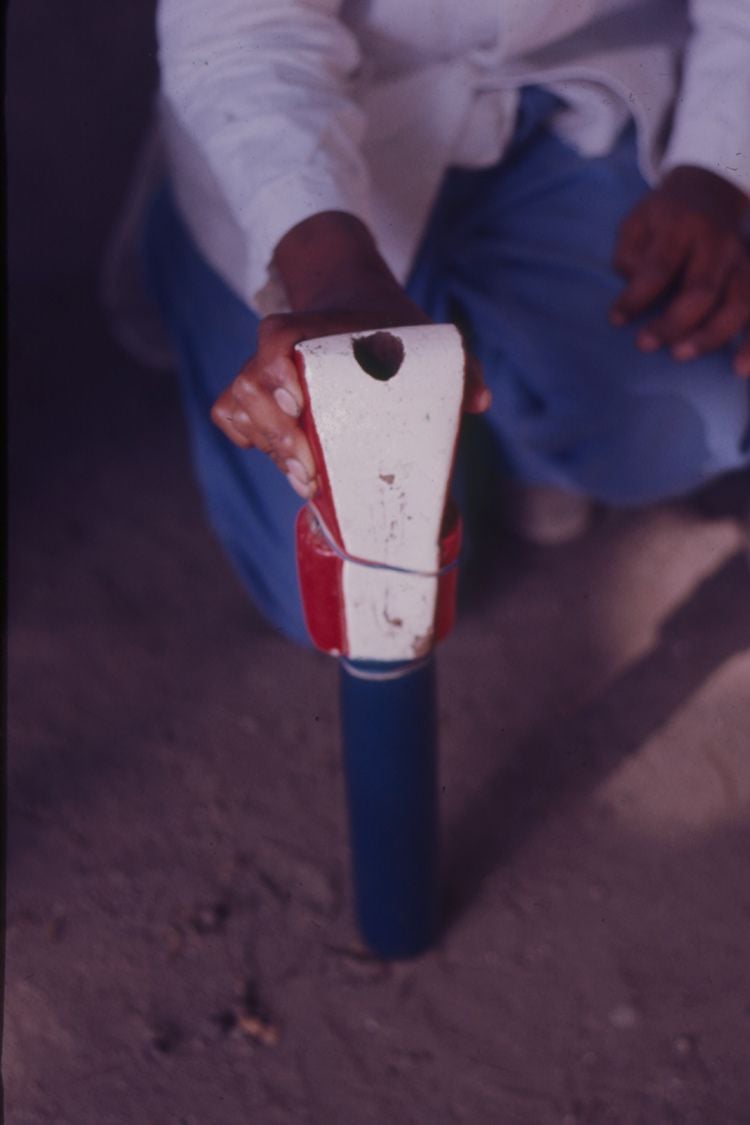
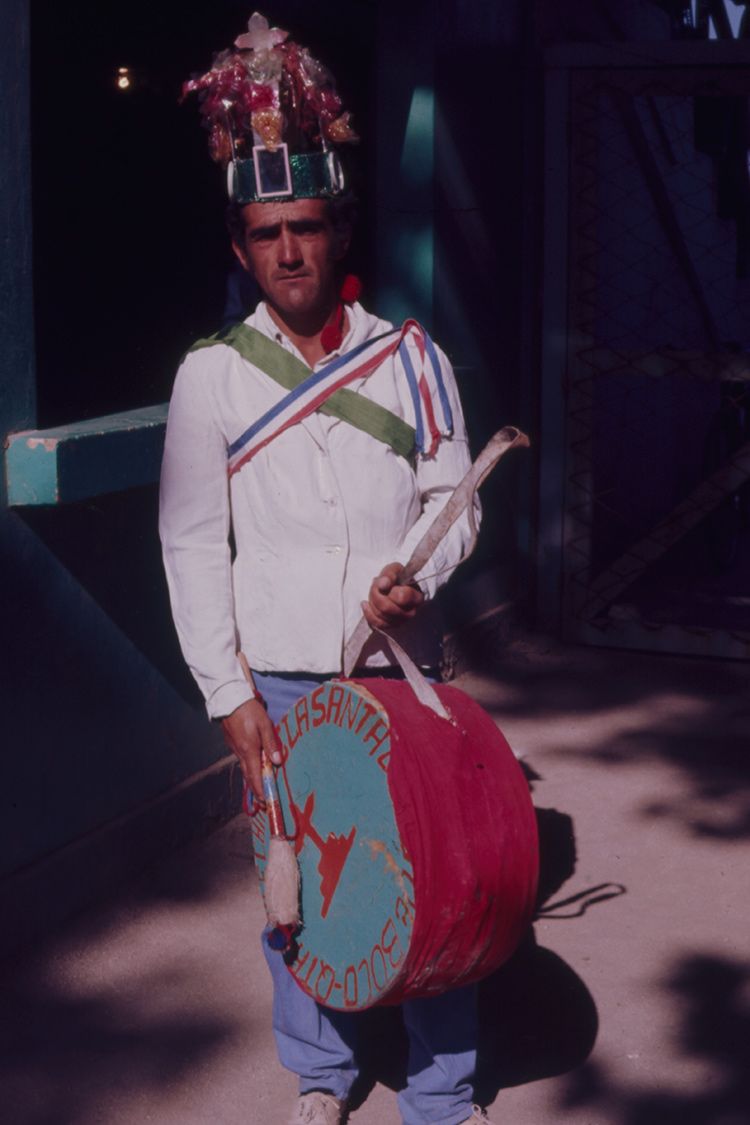
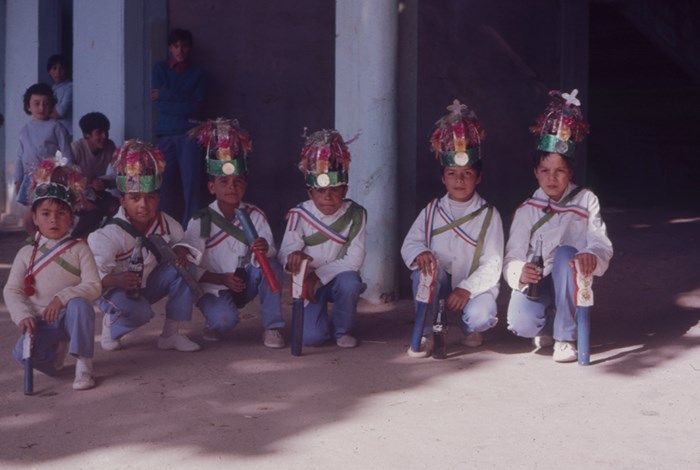
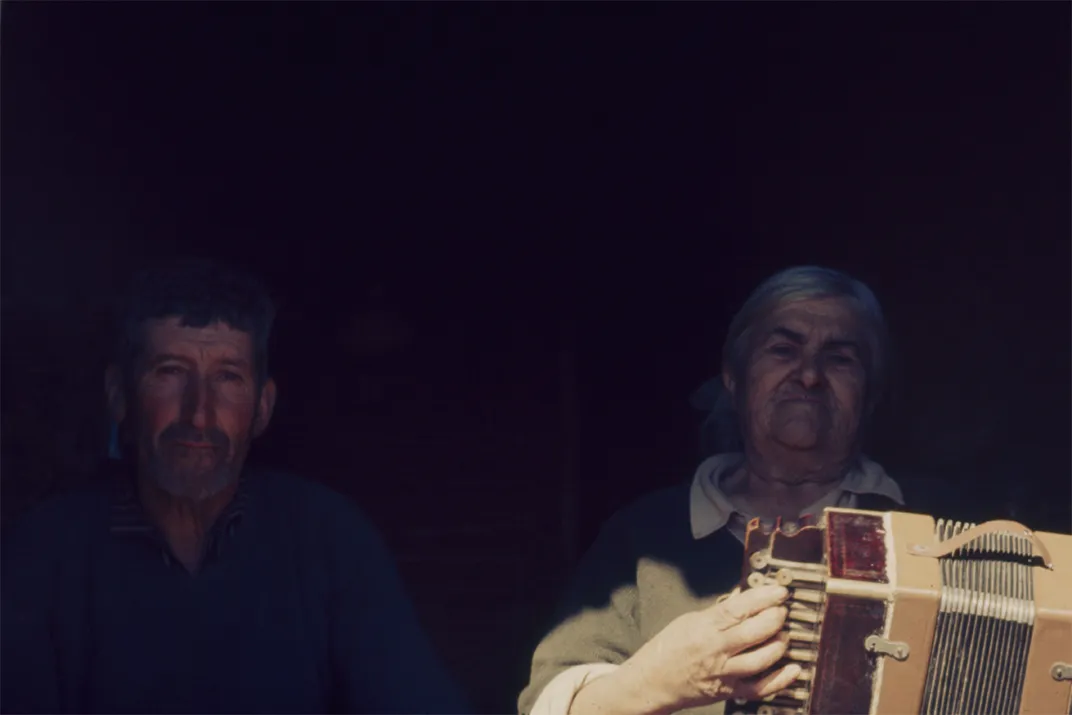
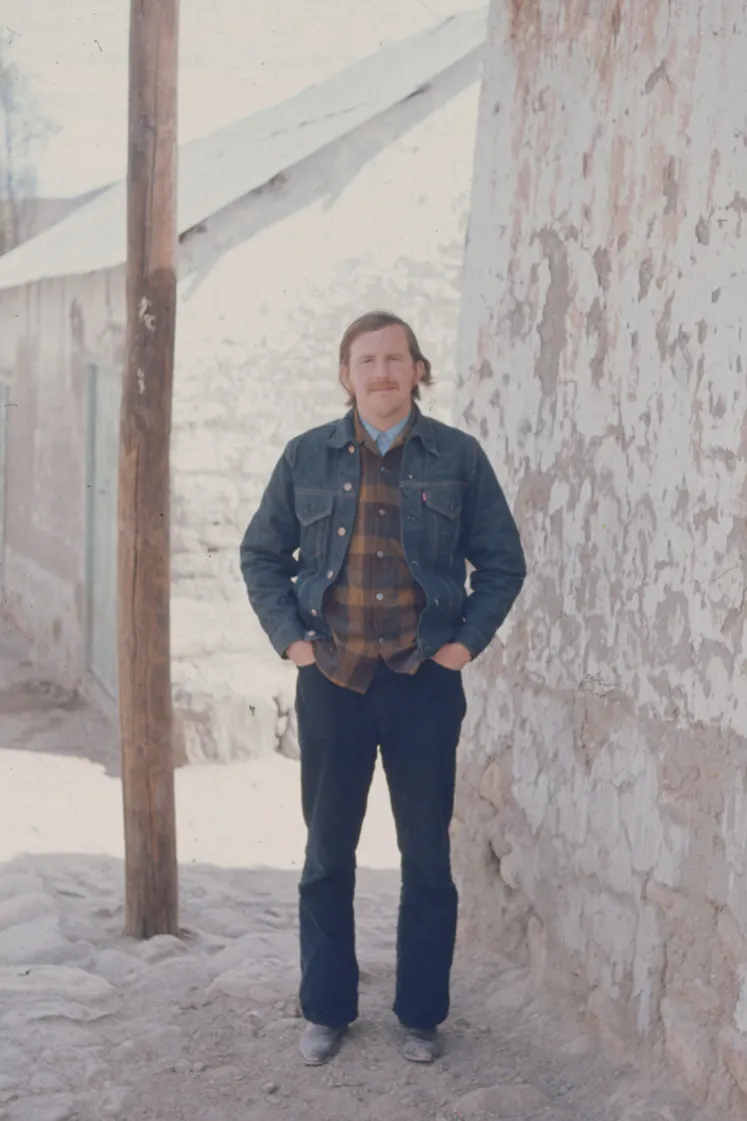
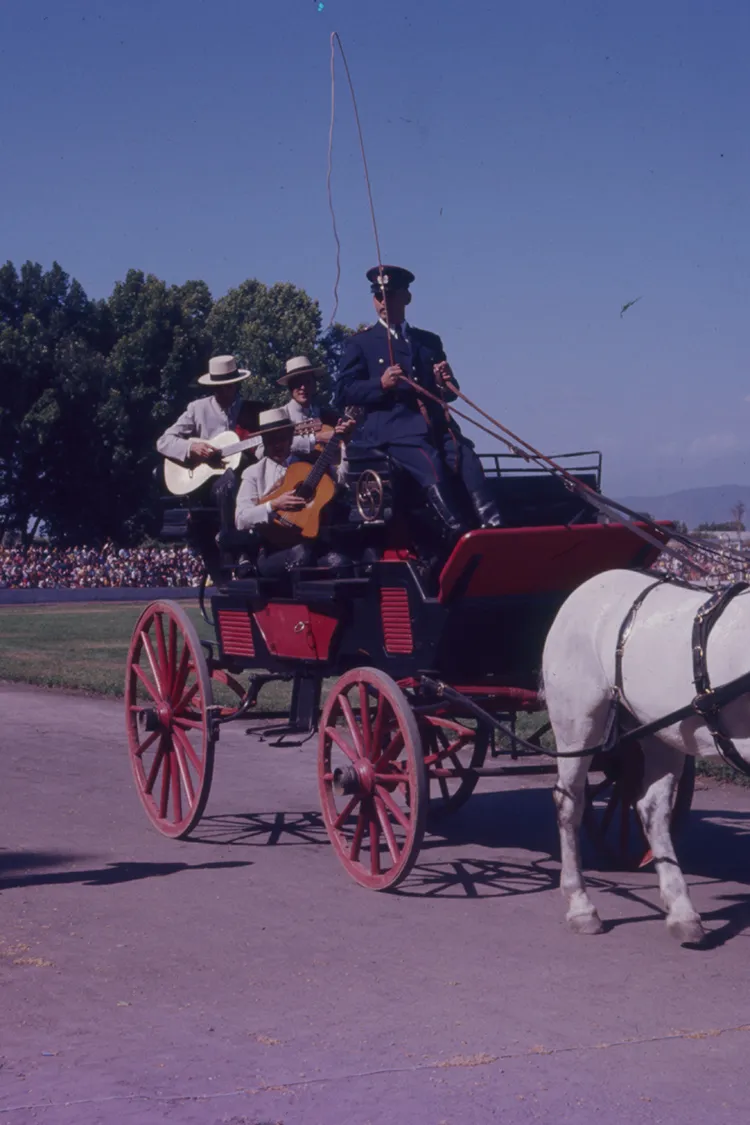
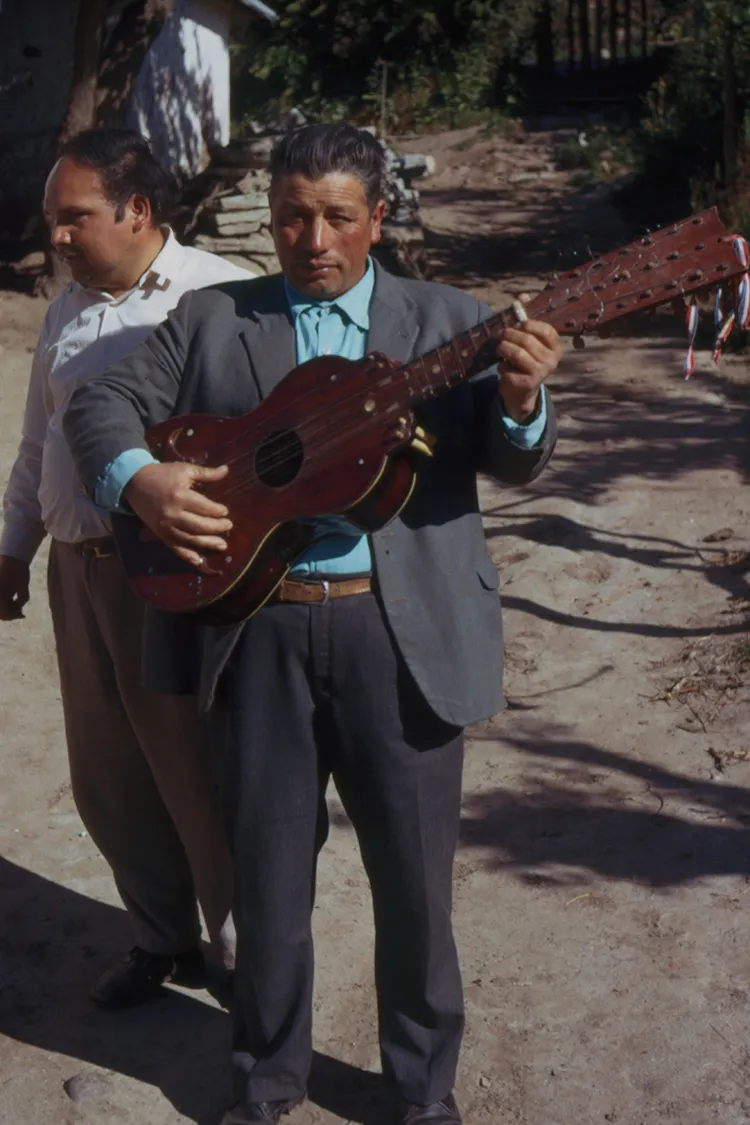
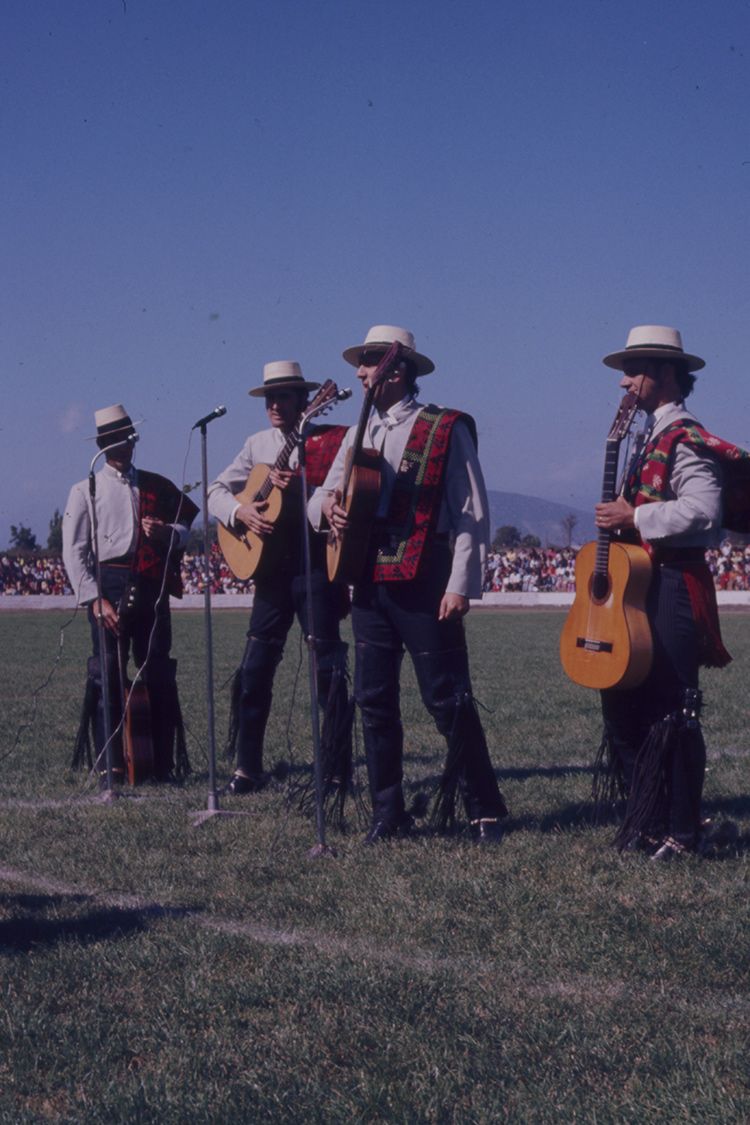
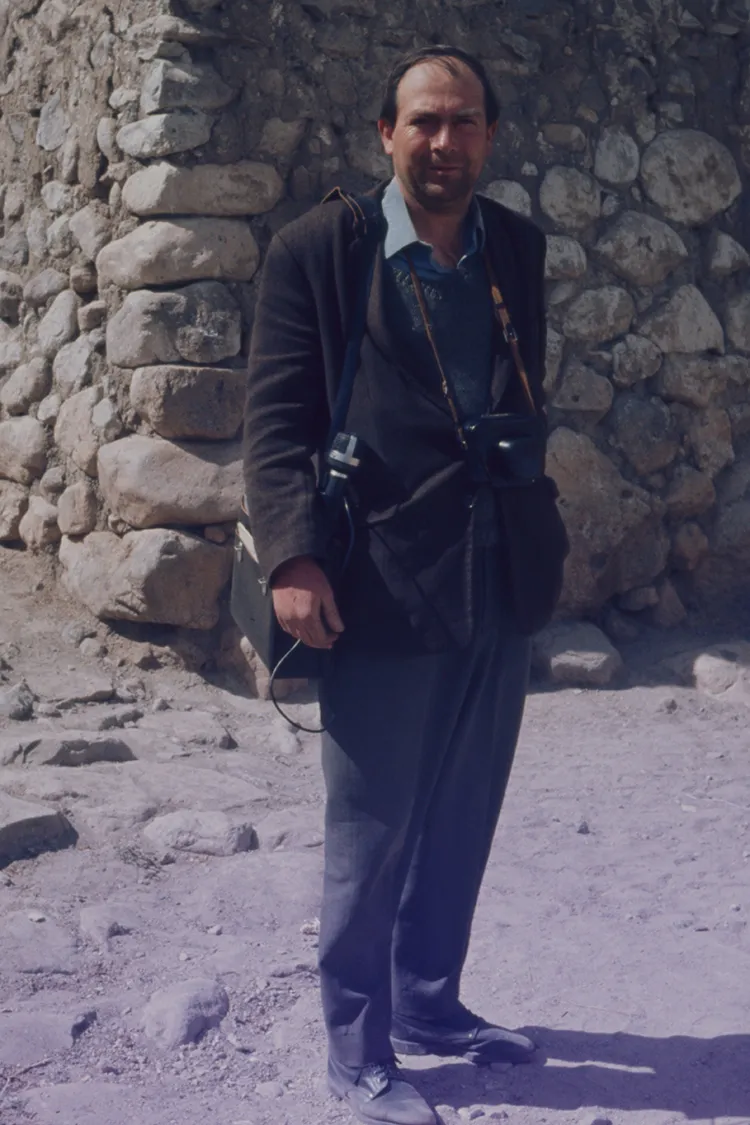
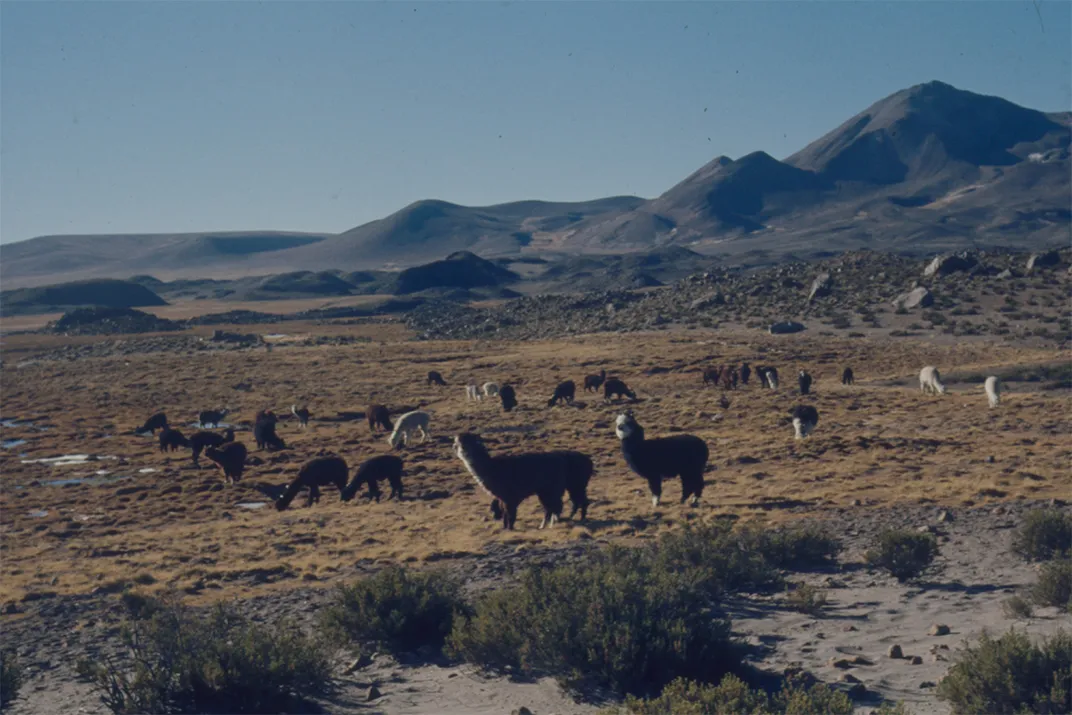
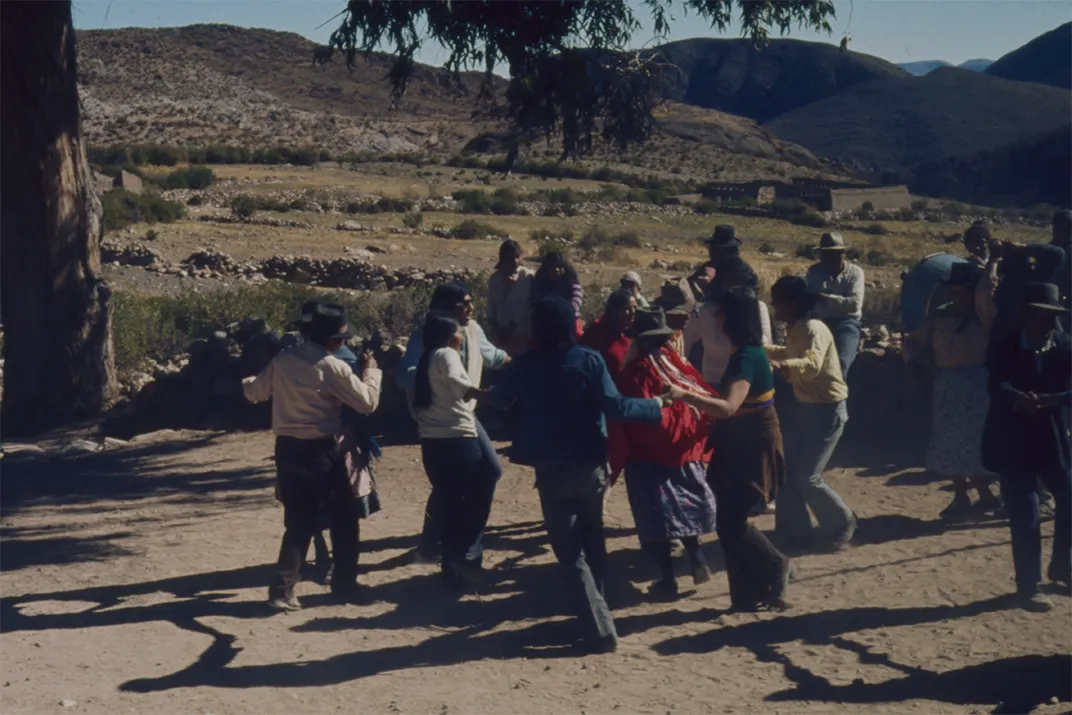
/https://tf-cmsv2-smithsonianmag-media.s3.amazonaws.com/accounts/headshot/Daniel_Sheehy_headshot.jpg)